The market for GPS-based cycling computers has been expanding quickly in the past few years. Garmin’s popular Edge series has been the hands down choice of the masses in the cycling market, but in the past few years that paradigm has shifted. While Garmin continues as a leader in the market, Wahoo Fitness, Lezyne, Hammerhead and others have given us innovative new options to choose from.
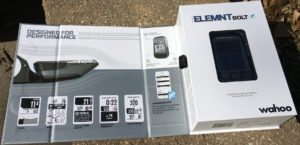
I’ve used a variety of Garmin Edge units over the past decade, starting with an 200, then a 500, and later a 510. That said, I’ve never been fully satisfied with the performance of any GPS cycling computer I’ve used to date. The idiosyncrasies were different with each model, but have been frustrating nonetheless.
All I wanted (and continue to want) is a computer that’s easy to use, doesn’t lose my ride data and isn’t a pain in the behind to set up. Unfortunately, these are areas where I’ve been left wanting by the GPS cycling computers I’ve used in the past.
Perhaps I should back up a bit… The primary reason I moved from a traditional sensor-based cycling computer to a GPS-based unit was convenience. It wasn’t necessarily because I wanted more, or better, data, or because I needed other more advanced features. Simply put, the appeal of ditching the wheel sensor and having one head unit that could be used on any bike without recalibration was strong. That’s the number one reason I made the leap: convenience.
Enter the Wahoo Elemnt Bolt
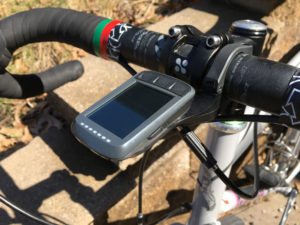
So, with convenience, reliability and ease of use in mind, I embark on this review of the Elemnt Bolt from Wahoo Fitness. The Bolt is the second computer from Wahoo. Compared to the original Elemnt, which is a very full-feature (and full-size) head unit, the Bolt is much more compact and integrated in appearance.
Wahoo Fitness designed the Bolt to be fully wireless, so you only need to plug it in for charging. Otherwise, all controls, options and settings are accessible through Wahoo’s app-based smartphone interface. Through the app, it’s easy to connect the Bolt to sites such as Strava, MapMyRide or others, and once connected, rides automatically upload at completion.

Connectivity with auxiliary sensors and mounts is easy as well. Since the Bolt is capable of communicating in both Bluetooth and ANT+, you can pair it with most heart rate sensors, power meters and connected trainers (such as Wahoo’s own Kickr).
One of the more distinctive features of the Bolt is its aerodynamic shaping and integrated out-front handlebar mount. Wahoo says the computer/mount reduces drag by more than 50-percent compared to the nearest competitor, which they claim can save up to 12.6 seconds in a 40km time trial, when traveling at 21mph.
Other features of the Elemnt Bolt include:
- 2.2-inch backlit screen – features fully-programmable data fields and the ability to zoom-in or zoom-out (to see more or less data).
- Quick-look LED indicators – can be set to indicate speed, heart rate zone, or power, or to indicate turns when navigation is being used.
- On-screen text, email and/or phone alerts.
- Strava Live segments – the Bolt can indicate the start and end of Strava segments, and gives you real-time stats on your time in the segment (vs. the KOM).
- Kickr control – pair the Bolt to Wahoo’s Kickr smart trainer for full control of trainer function.
Wahoo includes one of the aero out-front mounts in the box, as well as a more traditional bar/stem mount, which secures with zip ties. Accessory mounts are readily available on the Wahoo Fitness website, and the company recently announced K-Edge is now making an aero mount for the Bolt.
Initial Impressions

I have to admit, Wahoo’s aero claims for the Bolt sound great, but my personal gravel bikes have more to do with functionality and comfort than aerodynamics. That said, the smooth look and secure, integrated mounting certainly appeal to me on a number of levels. It’s one of those instances where form and function intersect to bring the entire package to another level.
I’m also quickly becoming a fan of the simple user interface and the easy to use button-based navigation. The Bolt confirms that, at least for me, a touch screen isn’t a necessity, or even a significant benefit in a cycling computer.
I’ll be using the Bolt in my pursuit of a finish in the inaugural Dirty Kanza XL in just over a month, and I’m confident the experience will give me some firm impressions on how the Bolt works for ultra-length gravel events. Check back in June to get that perspective.
Now get out there and ride your bike!
NOTE: Wahoo Fitness sent the Elemnt Bolt for test and review at no charge. We were not paid nor bribed for this review. We always give our honest perspective and opinion based on our actual experience with the product.



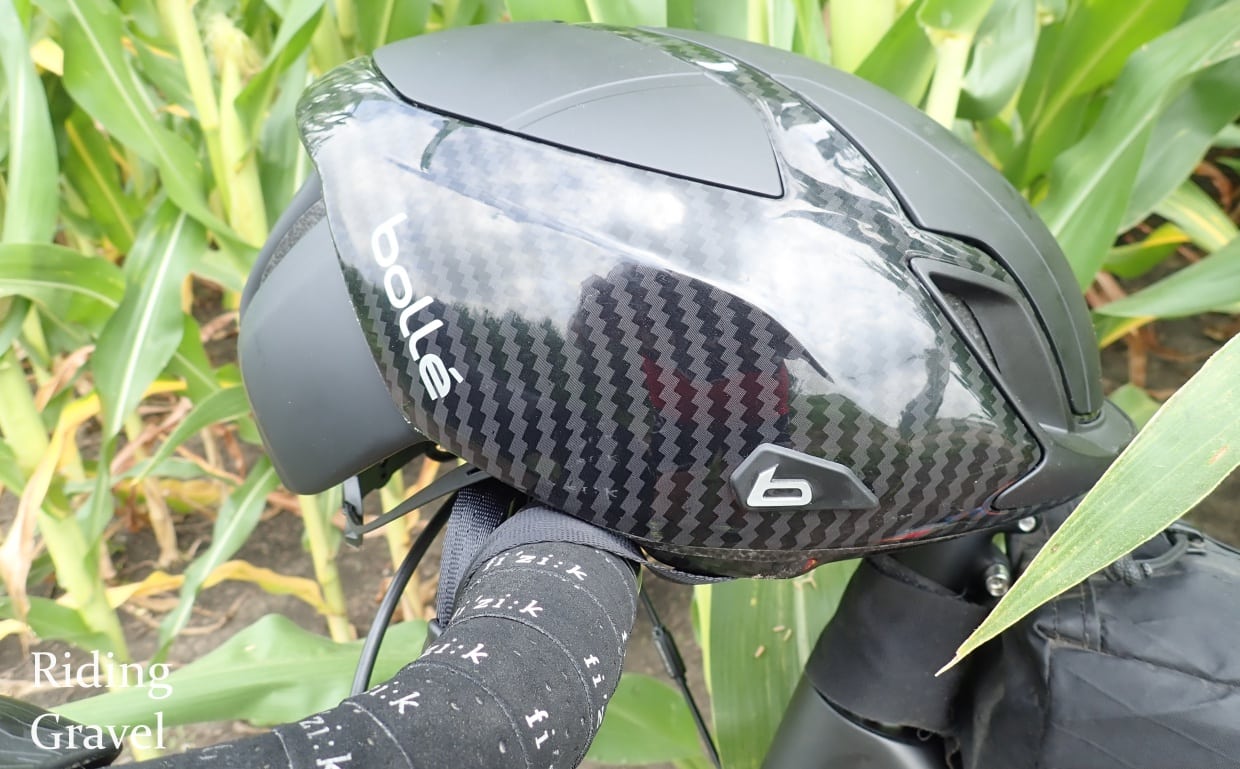
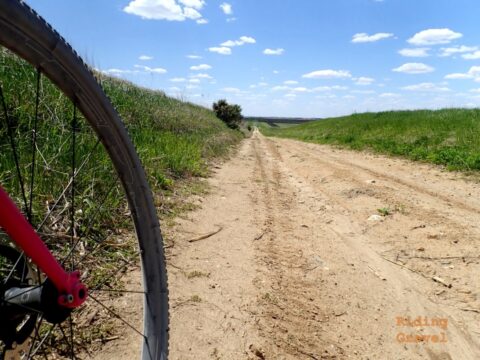
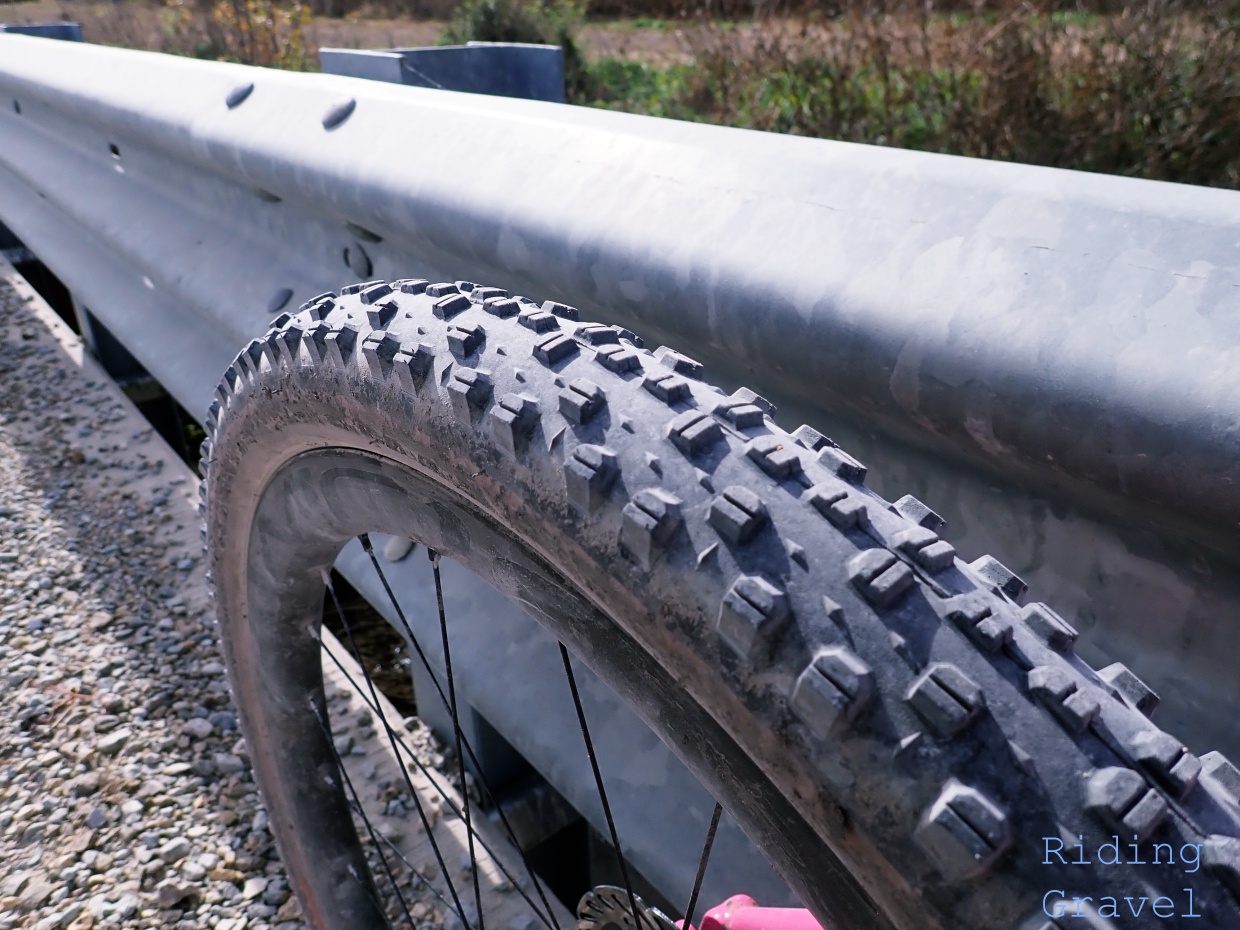


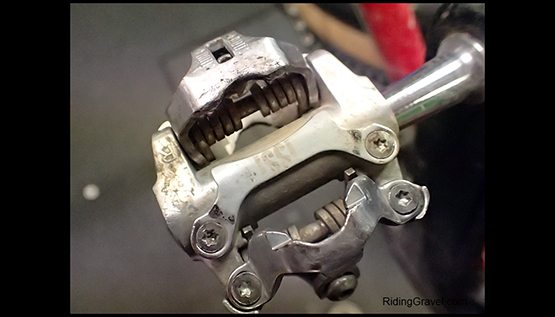


I have been using a Bolt for a year or so now. It has been flawless in operation with no glitches (take that, Garmin) and does everything I want it to do.
gg
Anyone that dies while staring at a cell phone needs an idiot plaque bolted to their headstone. Also anyone that has bought into a modern clothing trend craze needs said clothing line tattooed to their forehead. They will be Supreme for life.
Interesting perspective…
@grannygear I’ve had the same experience with the Wahoo Bolt as you. I come from a long line of Garmin usage and the Bolt has been refreshing to use to say the least. I did change from the stock mount to a K-Edge. Nothing wrong the stock mount but I’m a fan of the rock solid K-Edge mounts.
Thanks for the perspective, @grannygear and @joey brown… I concur with your sentiments overall, and I’m looking forward to trying one of the K-Edge mounts as well.
I’ve also been using mine for nearly a year with no problems.
FYI – I’m sure you’ve already thought about battery life. I did 125 miles over 8 hours on Saturday and it had about 14% battery remaining. It can be charged while in use, so an external battery or a dyanamo is an option.
Thanks @Goblintoes. I’ve definitely got the charging question worked out, though the final form it’ll take at the DKXL is still a bit up in the air. The rear-facing charging port presents a challenge for on-the-bike charging and the aero out-front mount (hence the bar mount in the last image in the story), but I just ordered a 90-degree down-facing USB charging cable that should allow charging with the stock out-front mount. I’ll update how that works in my next installment.
For the battery, I have a Mophie battery that I’ve tested to have enough juice to not only keep my BOLT charged, but also my JBL Clip 2 speaker and Niterider headlights. Since they all use the same plug type, I can charge up to two devices at once. I’ll have the BOLT plugged into its own cable, and then will charge the other devices as-needed with a second cable (the Mophie can accommodate two cables/devices at all times). The battery is stored in my top tube mounted Revelate Mag Tank, secured to one side with double-sided foam tape. I’ll show that in greater detail in my next installment too, but you can see most of it in the last picture (click on it to get the large one).
Yes, see my note below. I’m doing DK200, and based on Selene’s experience in Michigan, I expect to not need a booster, but will have one at CP#3 just in case.
The Wahoo is a great choice for DKXL. Quick notes:
At DK last year, the post-thunderstorm reroutes left some Garmin users lost in the dark, unable to pick up the track again. My Wahoo picked it back up so I ended up as a guide for others.
Some Garmins reboot or restart the ride when you plug in USB. That sucks on a long day like DK. My Wahoo stays plugged into the Dyno hub, effectively plugging & unplugging every time I slow, and doesn’t skip a beat. I’m on an Elemnt with the out-front mount.
The Bolt is the exact same software & features as the Elemnt. The differences are a smaller screen & smaller battery. Smaller/cheaper computer doesn’t mean fewer features.
The charging port on the ELEMNT BOLT is in a BETTER spot for charging while riding than on the original ELEMNT. This is the one thing I prefer about my wife’s ELEMNT BOLT over my own ELEMNT.
-Ed
My Elemnt Bolt has been great. For long events, it is perhaps worth noting that a battery booster cable needs to have a 90-degree plug (get the correct “hand”) if used with the out-front mount. Then it “just” fits. In fact, it is great as the cable is physically retained by the stem plate once the computer is snapped into position.
See you in Kansas this weekend.